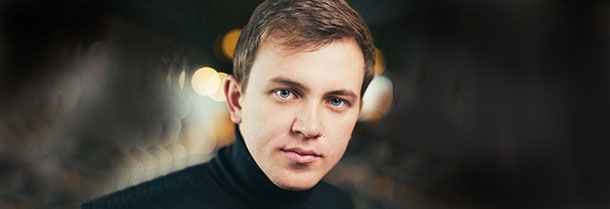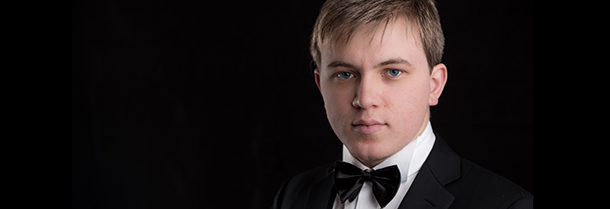Tag: Filippo Gorini
-

PROGRAM NOTES: FILIPPO GORINI
Johann Sebastian Bach The Art of Fugue BWV 1080 By the 1740s Bach had largely withdrawn from composing new church music for Leipzig’s Thomaskirche, devoting his creative energies instead to a series of large-scale projects that responded more directly to his own personal and professional interests. These monumental works were encyclopedic in scope, systematic in…


